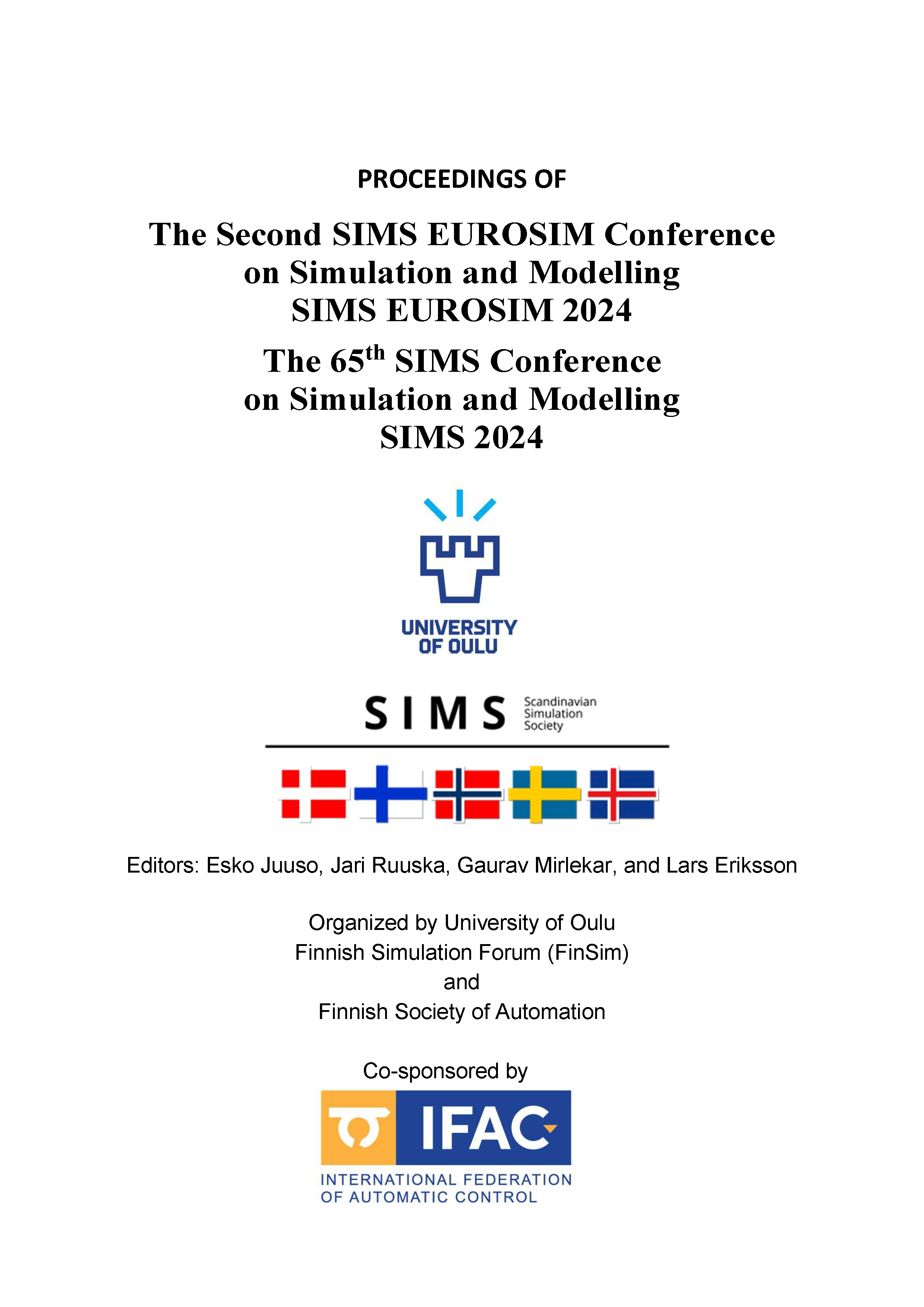Evaluation of environmental and economic impact of wind turbine blade manufacture at life-cycle level
DOI:
https://doi.org/10.3384/ecp212.002Keywords:
Life cycle analysisLife cycle cost analysisWind turbineWind turbine bladesAbstract
Life cycle analysis is considered as a valuable decision-making tool to oversee the environmental impact of a product through its various stages. Starting from the raw material sourcing up to the end-of-life processes of the product. Life cycle costing is added to the life cycle analysis to augment the economic aspects. One of the main drawbacks of the life cycle analysis is the focus on single path for the life stages as it evaluates single option for each life stage and adds the impact to the following stages. This study presents a tool to evaluate the environmental and economic impact of different options in life cycle stages, determine the possible combination of different life cycle choices, and calculate the emissions, energy intensity and cost of each combination scenario. The study takes wind turbine blade as a case study, where glass fiber reinforced polymers and carbon fibers reinforced polymers are considered as a row material alternative with two supply options Europe or China markets, four manufacturing site options (onsite, Denmark, Germany, and China) and four end of life processing options (reuse, pyrolysis, landfill, and mechanical grinding). The results range the different combinations scenarios emissions in the range of (74 – 17) tons of CO2 eq, the energy intensity between 261 GJ and 863 GJ, and the cost vary from 89000€ to 22,000€. This work presented a logical method for mapping, analyzing, and evaluating the environmental and economic sustainability of a wind turbine blade through different life cycle pathways.Downloads
Published
2025-01-13
Issue
Section
Papers
License
Copyright (c) 2025 Mohammed Taha, Stavros Vouros, Konstantinos Kyprianidis

This work is licensed under a Creative Commons Attribution 4.0 International License.

